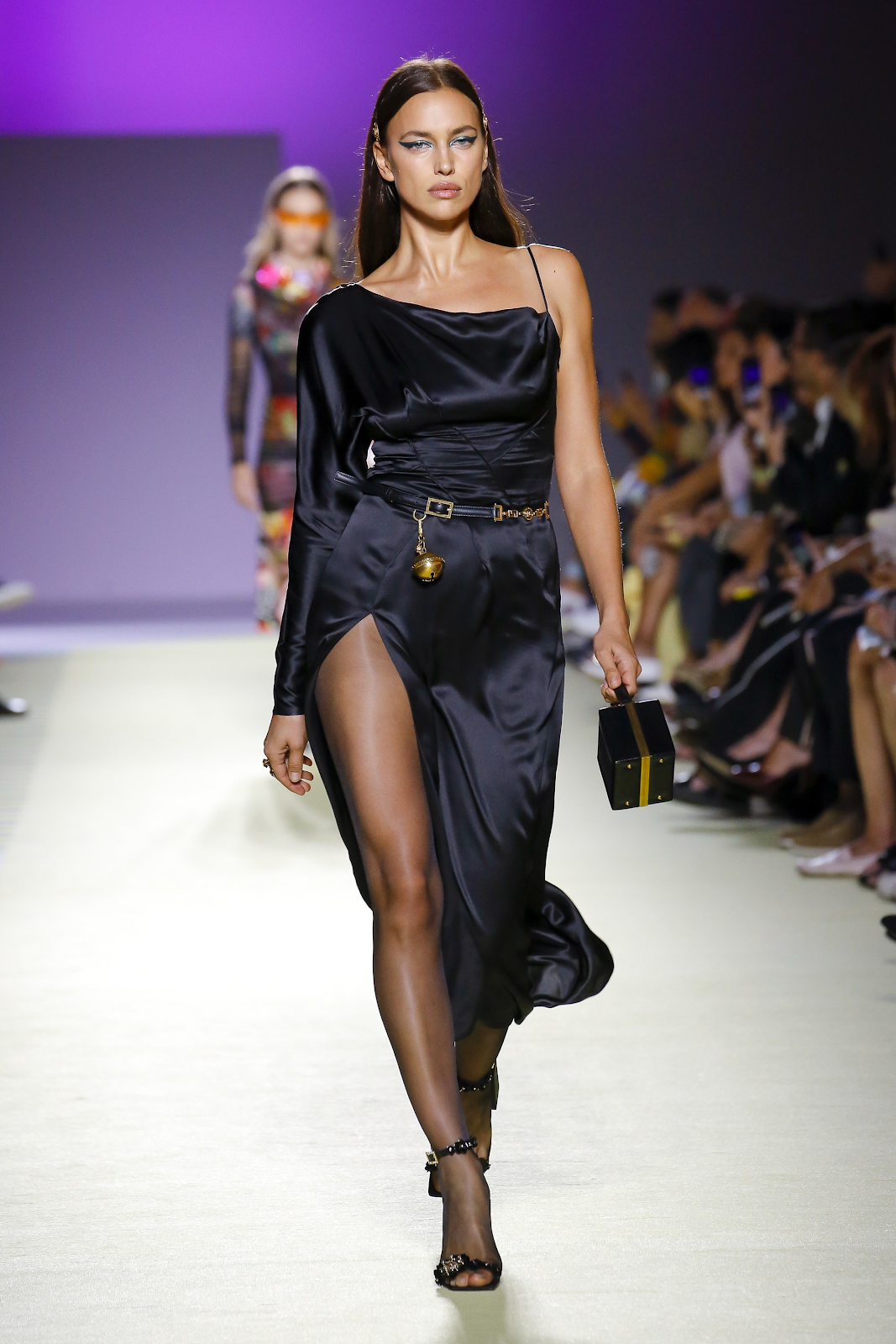Versace Goes Practical

On September 25th, 2018, Michael Kors announced that his company was buying Versace. While this came as a surprise to Versace admirers who believed Kors would water down the luxury fashion house, the buy-out makes sense since Versace has had a recent history of low profit margins. Versace is known for its Italian, opulent designs that stylistically contrast the simple and practical pieces American designer Michael Kors often creates. Versace customers and fans worry that Kors will trade in Versace’s sumptuous collections for something more utilitarian. Kors’ purchase follows his takeover of Jimmy Choo in 2017. After acquiring Versace and Jimmy Choo, Michael Kors is officially re-naming itself Capri Holdings and many speculate it will be one of the leading luxury conglomerates, potentially competing with Tapestry, LVMH, and Kering. While Donatella Versace will remain the chief designer, Kors plans to change Versace’s business plan to increase profitability. Versace’s sales are expected to double within the next year by opening more than 100 new stores, focusing on accessories, and expanding their e-commerce business.
Versace was created in 1978 by Italian fashion designer Gianni Versace. The brand has always featured gaudy, yet tasteful designs, that gained media presence by presenting risqué runway shows in the 90’s and provocative red-carpet dresses. After Gianni Versace’s tragic murder in 1997, his siblings Santos and Donatella took over control of the house. In most recent collections, Versace continues to feature its signature Medusa logo and baroque pattern on many of its bags, dresses, boots, and other products. In their Spring/Summer 2019 collection, streetwear had a large presence with multiple looks featuring logo tees. In addition, Versace featured multicolored crocodile pieces, a common medium this season. Consistent with the brand, the show also featured many bold and bright patterns, which often challenge practicality. Yet, there were a section of sleek chic black dresses that were reminiscent of Versace’s past famed runway looks. Versace’s low profit margin seems realistic because while their designs are always artistic, fashion-forward and fascinating to look at, the majority of their pieces aren’t wearable enough compared to their competitors.
To combat the low sales of Versace, Capri Holdings plans to shift Versace’s market presence by expanding its market online, opening more stores, especially in Asia, and moving away from clothing and moving towards more profitable products, like accessories and footwear. Since Donatella Versace will remain the chief designer, the same motifs found in previous collections will be present in the future. Since handbags and shoes are inherently statement pieces, the extravagant Versace looks may be more desirable in the high fashion market. While Versace may be selling less clothing in the future, they probably will continue to make their outstanding red carpet gowns because of their frequent media success and legacy. Luxury conglomerates have become extremely popular because brands are able to pool resources under one major corporation to reach larger markets and maximize profitability. Alexander McQueen, Gucci, Yves Saint Laurent, and Balenciaga are all a part of the Kering group, yet still have been able to stay true to their individual fashion initiatives and style, which will hopefully be the case for Versace as it adjusts to being owned by Capri Holdings.






